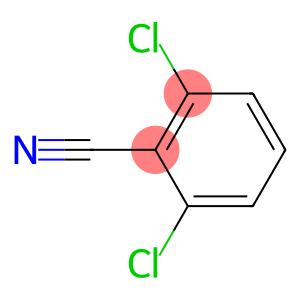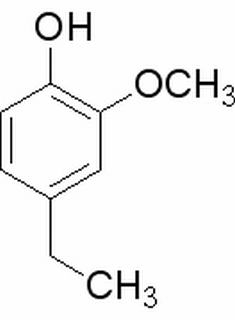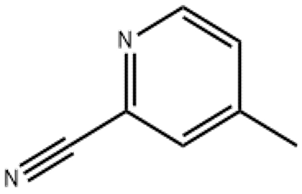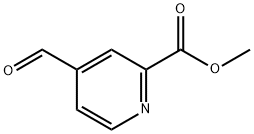2-6-Dichlorobenzonitrile(CAS#1194-65-6)
| Risk Codes | R21 – Harmful in contact with skin R51/53 – Toxic to aquatic organisms, may cause long-term adverse effects in the aquatic environment. |
| Safety Description | S36/37 – Wear suitable protective clothing and gloves. S61 – Avoid release to the environment. Refer to special instructions / safety data sheets. |
| UN IDs | UN 3077 9/PG 3 |
| WGK Germany | 2 |
| RTECS | DI3500000 |
| HS Code | 29269090 |
| Hazard Note | Irritant/Toxic |
| Hazard Class | 9 |
| Packing Group | III |
| Toxicity | LD50 in rats, mice (mg/kg): 2710, 6800 orally (Bailey, White) |
Introduction
2,6-Dichlorobenzonitrile is an organic compound. The following is an introduction to its nature, use, preparation method and safety information:
Quality:
- Appearance: 2,6-Dichlorobenzonitrile is a colorless to pale yellow crystal.
- Solubility: It has a certain solubility and has a high solubility among common organic solvents.
Use:
- It is a commonly used intermediate in organic synthesis and can be used as a starting substance for the synthesis of other compounds.
- The compound also has certain applications in the research field, such as as an internal standard for analytical techniques such as liquid chromatography.
Method:
- 2,6-Dichlorobenzonitrile can be obtained by the reaction of benzonitrile and chlorine activator, and the commonly used reaction agent includes cyanochloride.
Safety Information:
- 2,6-Dichlorobenzonitrile is an organic compound and general laboratory safety handling precautions should be followed.
- The compound may cause irritation to the eyes, skin, and respiratory system, and appropriate precautions should be taken during handling.
- Inhalation or exposure to 2,6-dichlorobenzonitrile can cause serious health problems such as the central nervous system, liver, and lungs.
- When storing and handling, the compound should be separated from substances such as oxidants, strong acids, strong bases, etc., to avoid dangerous reactions.
When working with chemicals, follow appropriate laboratory safety protocols and read the relevant Chemical Safety Data Sheets (MSDS).








